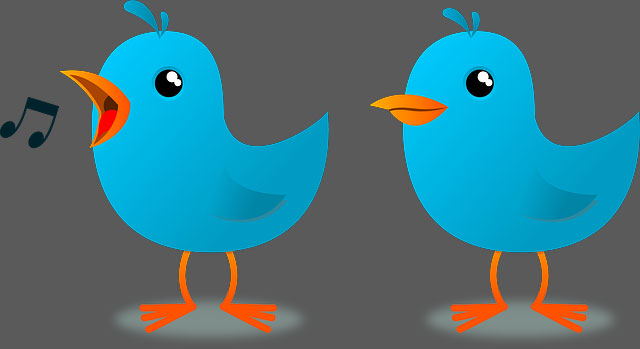
Twitter’s road to a turnaround looks like it isn’t quite as rough as expected.
The company reported a decline in quarterly revenue for the first time since it went public in 2013, but sales, at US$548m, were higher than the $509m analysts predicted.
The shares surged as much as 13% in early trading. Before Wednesday, the stock had fallen 10% this year.
Another bright spot was user growth. Twitter has been trying to reverse a slowdown in the growth of its audience for its site, where people put up short posts about what’s happening.
Average monthly active users reached 328m in the first quarter, up 6% from the same period last year. The number of daily users has been increasing at a faster pace each quarter for the past year, Twitter reported.
The company said it plans to use that momentum, combined with better ad pricing and improved returns on investment, to convince marketers to spend more. Still, it expects revenue growth to “meaningfully lag” audience growth for the rest of the year.
As Twitter struggles to define its future, it faces competitors with larger and faster-growing user bases, like Facebook, Instagram and Snap, which went public in the first quarter.
User growth “could be your first indicator that revenue could recover some day”, said Mark Mahaney, an analyst at RBC Capital Markets. Still, it’ll be tough, given the competition. “The investor issue is — when do things get less worse?”
After a failed process to sell itself in 2016, Twitter wants to prove it can go it alone and reach profitability by the end of this year. It has wielded the axe in pursuit of that goal. The company sold its Fabric developer services business to Google, shut down its Tellapart ad tech offering, and cut some planned ad products. First-quarter earnings, excluding some items, came in at 11 cents a share, well ahead of the $0,01 analysts estimated.
Twitter said that some of its work to improve its product, such as showing people more relevant tweets at the top of their timelines, has attracted more visitors to the service. Efforts to curb abuse and harassment have led to a decrease in reports and blocking from users, which the company described as “meaningful progress”.
Last year, Twitter embarked on a strategy to appeal to broader audiences by streaming live video on its site from sports, entertainment and news partners. The plan is working, as video ads were the fastest-growing ad unit, generating the most revenue, the company said. Still, it hasn’t been enough to accelerate overall sales.
“It’s more like The New York Times than it’s like a tech company,” said James Cakmak, an analyst at Monness Crespi Hardt & Co. Twitter competes with many other companies that want premium video content, he said. For example, Twitter was outbid by Amazon.com earlier this year for rights to Thursday night US American football games. “They can’t afford to keep up with the deep pockets that are willing to pay for that content.”
The company’s ad revenue is declining even as the overall market for digital advertising increases, and even as the site is constantly in the news because of prolific use by US President Donald Trump. Trump’s tweets haven’t helped the company, Twitter has said.
“Revenue down isn’t good,” said Michael Pachter, an analyst at Wedbush Securities. “When Facebook grows by four Twitters a year, that tells you that there’s something really wrong.” — (c) 2017 Bloomberg LP




